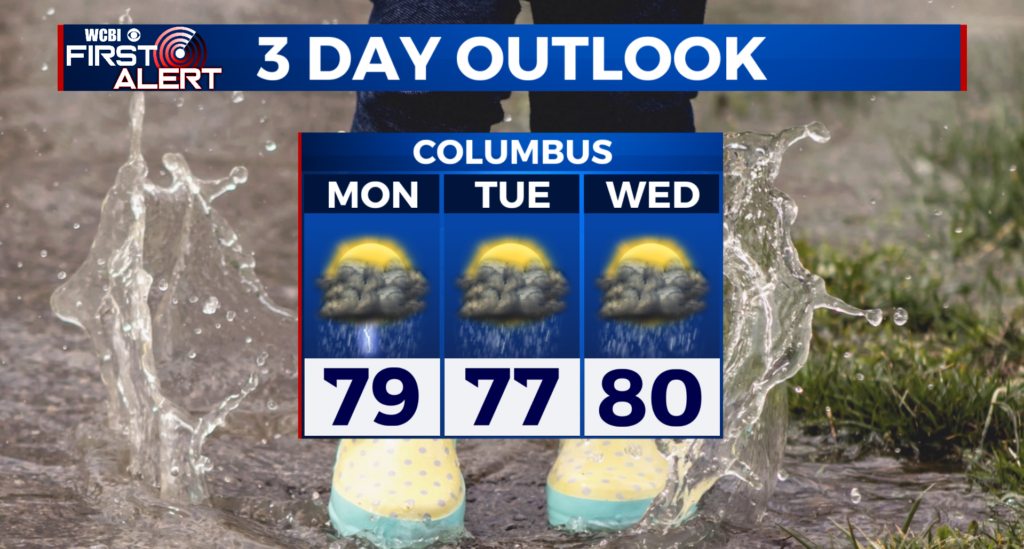The true cost of high-deductible health care plans
Filling a prescription for Lyrica, a medication that would ease her pain after back surgery, isn’t within Robyn Hodgson’s budget. That’s because her insurance plan has a $7,300 deductible, which means she’s on the hook for paying for medical care until she reaches that limit and then her insurance coverage kicks in.
“We are drowning in medical bills,” said Hodgson, 48, an adjunct college professor in Pennsylvania, who says she and her husband also pay about $6,500 a year in health insurance premiums for the policy, which her husband receives through his job. “It’s frustrating,” she said, “because there are medicines that I need that I can’t afford. I’m angry at the insurance system.”
Hodgson is one of the growing ranks of Americans in high-deductible health care plans, a form of insurance coverage that trades lower premiums for higher deductibles. Rare a decade ago, high-deductible plans now cover more than four of 10 Americans, according to the U.S. Centers for Disease Control and Prevention, which defines such plans as having a $1,300 deductible for an individual and $2,600 for families.
The ruthless medical math
Many insured workers in such plans must pay thousands more than that each year. The medical math is forcing them to view their health insurance as something for worst-case scenarios — like a major hospitalization — rather than insurance that helps pay for doctor visits and prescriptions.
Lianna Patch, a 29-year-old copywriter in New Orleans, said her $6,500 individual deductible causes her to put off visits to her physician. “I’m firmly in the camp of resignation and bitterness,” Patch said, describing her attitude toward her insurance plan, which also carries premiums of about $300 per month on top of the annual deductible demand. “I have to pay for this in case something terrible happens. I look at it as catastrophe insurance.”.
Some insurance company plans now carry deductibles of more than $7,000 for an individual and $15,000 for families. Among the 156 million Americans with health insurance through employers, 1 in 5 have deductibles of more than $3,000 for individuals and $5,000 for families, according to a May survey by the Kaiser Family Foundation. By comparison, only 1 in 7 Americans with employer-based insurance have no deductible, the survey found.
To be sure, all insurance plans have out-of-pocket maximums, which is the most a consumer will have to pay — excluding monthly premiums — within a calendar year. Generally, the lower the premium, the higher the out-of-pocket max. Health-care plans sold for 2019 through the Affordable Care Act’s marketplaces currently have a top out-of-pocket max of $7,900 for an individual plan and $15,800 for a family plan, according to Healthcare.gov.
Hodgson and Patch aren’t alone in feeling cash-strapped by their insurance. Americans with high-deductible plans through their employers “have greater frustration with the system,” said Liz Hamel, director of Kaiser’s public opinion and survey research. “What was really striking in these survey results was across all the questions in the survey, the people in the high-deductible plans gave the most negative responses.”
The rise in these plans may explain the surge in interest in “Medicare for All” championed by several Democratic candidates, including Senator Bernie Sanders. His bill, which treats health care as a universal right, would extend the popular Medicare health program for seniors to every American, regardless of age.
Health savings accounts (HSAs) are no cure-all
As with any insurance coverage that includes a deductible, once a consumer hits the deductible limit, the health insurer’s payments kick in. But more than half of people with high-deductible health plans said they don’t have enough in savings to even meet their deductibles, the Kaiser survey found. “That was concerning, thinking of the level of financial risk these people are taking on,” Hamel said.
Some Americans with high-deductible plans have health savings accounts (HSA) that can help them save money for future health care expenses in a tax-advantaged account. But only 19% of workers have access to an HSA, the CDC found. And HSAs aren’t a cure-all. Kaiser found almost 7 of 10 workers who have the accounts use them for current health expenses, rather than saving for the future. And few are able to save significant amounts in their HSAs, with Kaiser finding half of people with high-deductible plans and HSAs have less than $1,000 in their accounts.
Instead, some Americans with high-deductible plans are making trade-offs, like avoiding going to the doctor or cutting back on medication. Half of all Americans surveyed told Kaiser they or a family member delayed or skipped either health care or dental care in the past year because of the expense. That’s even more common for people with high-deductible plans, with 62% saying they had skipped care because of cost.
“For a group with employer-sponsored coverage, you would expect they won’t have to make those trade-offs,” Hamel said.
“I know this is a gamble”
One reason for the rise in these plans: Employers are shifting the burden of higher health care expenses to their employees. Workers with employer-based insurance typically are paying 12% of their incomes — or more than $7,200 annually — on premiums and deductibles, up from 7.8% a decade ago, the Commonwealth Fund found in a December report.
To be sure, workers sometimes pick the higher-deductible plan because they want to lower their monthly premiums. Some wealthier workers pick high deductible plans because the lower premiums allow them to sock away money into their HSAs, which allows them to save for future health expenses as long as they remain reasonably healthy and their HSA investment options grow over time. Because contributions to HSAs are tax-deductible, and gains on HSA investments are tax-free, and the money can be used tax-free if spent on medical costs, these plans can help with financial planning into retirement. But only 1 of 10 workers with a high-deductible plan has saved more than $5,000 in an HSA, Kaiser found.
These trends are alarming to health care experts. Dr. Michael Munger, a family physician in Kansas and the board chair of the American Academy of Family Physicians, said he sympathizes with patients who are struggling financially, but he worries about the risks they’re taking on.
A lower premium “can be the difference between a trip to the grocery store that month,” he said. “It’s not that they want to put more in their savings account — they’re stretched thin and want to cut back. Some people say, ‘I know this is a gamble,’ which makes me nervous as a physician because you don’t want to gamble with your health.”
The cost of chronic conditions
High-deductible plans are especially problematic for people with chronic conditions like diabetes or asthma, experts said. About 75% of people with the highest-deductible plans who have a chronic condition or a family member with one said they skipped or delayed medical care or filling a prescription because of cost, the Kaiser study found.
Dr. Munger said he saw this behavior earlier this year when a patient with diabetes and a high-deductible plan decided to skip insulin because of the out-of-pocket costs.
“They ended up in a hospital in a diabetic coma,” he said. “That is something that could have led to death. Now they’re saddled with the cost of a hospitalization in the ICU and coming out of it with even more medication.”
The cost for hospitalization is in the “tens of thousands” rather than hundreds for insulin, he added. The patient had to pay up to his deductible, and then a percentage of the cost after that, he recalled. Simply put, by trying to save money by cutting back on doctors’ visits or medications, some patients may end up with higher bills down the road.
Being young and healthy helps
If there’s a place for high-deductible plans, it’s most likely with the young and healthy, experts said. But high-deductible plans are as common with workers between 45 to 64 as they are with Americans under 29, the CDC found. “Someone who just needs the catastrophic coverage, someone who needs it once a year, for that subset of individuals, a plan like this could certainly work,” Dr. Munger said.
He said his physicians group is urging passage of the Primary Care Patient Protection Act, a bill that would require high-deductible health plans to include a set of primary care visits each year, without cost or co-pays for the consumer. “If we can at least encourage individuals not to let their health go,” said Dr. Munger, “that would be a huge hit.”





Leave a Reply